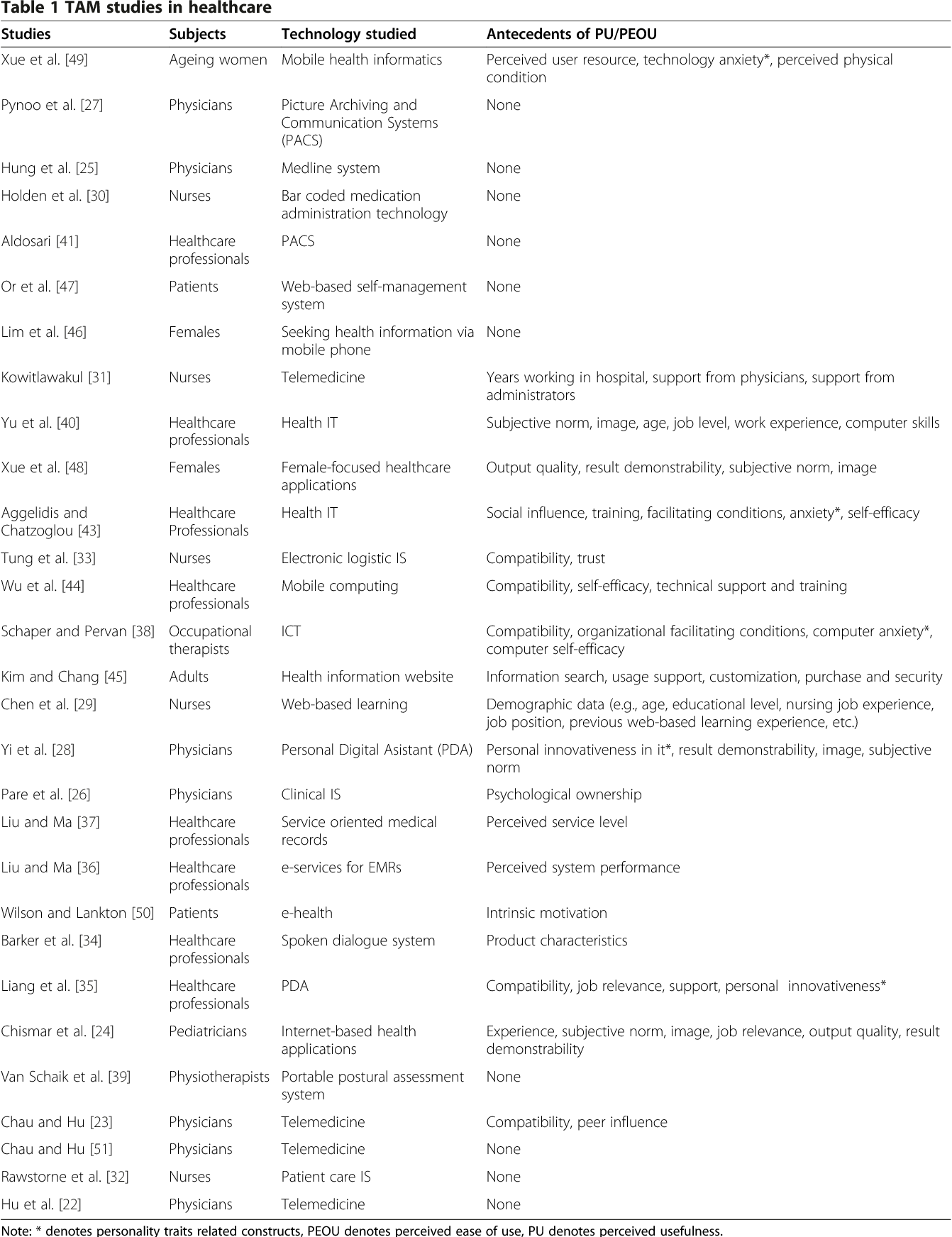
Physicians in nonprimary care and small practices and those age 55 and older lag in adopting electronic health record systems. Adoption of electronic health record systems among US non-federal acute care hospitals: 2008–2012. Factors influencing family physician adoption of electronic health records (EHRs. However, EMRs come with both pros and cons when utilized in an organization.

Xierali IM, Phillips RL, Jr, Green LA, et al. Electronic medical records (EMRs) were developed to standardize documentation, prevent errors, promote concise charting, and have a way of storing medical records long-term while having a straightforward way to retrieve them.

Physician specialty and variations in adoption of electronic health records. Grinspan ZM, Banerjee S, Kaushal R, et al. Barriers for adopting electronic health records (EHRs) by physicians. Policy makers should consider incentives that continue to reduce implementation cost, possibly aimed more directly at organizations that are known to have lower adoption rates, such as small hospitals in rural areas.Īdoption: implementation Barriers Challenges Electronic health records.Ījami S, Bagheri-Tadi T. The other most commonly mentioned barriers include technical support, technical concerns, and maintenance/ongoing costs. However, EHRs have also been identified as constraining medical work 9, including collaboration 10, 11, 12, 13. Despite federal and local incentives, the initial cost of adopting an EHR is a common existing barrier. Physicians who have access to a patient’s health data through EHRs are able to immediately review the patient’s medical history, lab results, and other relevant information. These barriers appeared 125 times in the literature the most frequently mentioned barriers were regarding cost, technical concerns, technical support, and resistance to change. Authors identified 39 barriers to EHR adoption within the literature selected for the review. Each article was thoroughly examined by multiple authors in order to achieve greater validity. Through multiple consensus meetings, authors tapered articles to a final selection most germane to the topic (n = 27). Reviewers independently assessed the works highlighted by our search and selected several for review.
ELECTRONIC MEDICAL RECORDS TRAINING PEER REVIEWED HOW TO
Authors searched CINAHL, MEDLINE, and Google Scholar, and accepted only articles relevant to our primary objective. Resource: Capturing High Quality Electronic Health Records Data to Support Performance Improvement (PDF, 2.3 MB, 73 pages) This learning guide explains how to improve electronic health record (EHR) data quality to stimulate practice quality improvement, an aspect of Key Driver 3: Optimize health information systems to extract data and support. We wanted to assemble an updated and comprehensive list of adoption barriers of EHR systems in the United States. A review of the barriers may help in understanding the factors deterring certain healthcare organizations from implementation.

Roughly one in four hospitals not adopted even a basic EHR system. Federal efforts and local initiatives to increase adoption and use of electronic health records (EHRs) continue, particularly since the enactment of the Health Information Technology for Economic and Clinical Health (HITECH) Act.


 0 kommentar(er)
0 kommentar(er)
